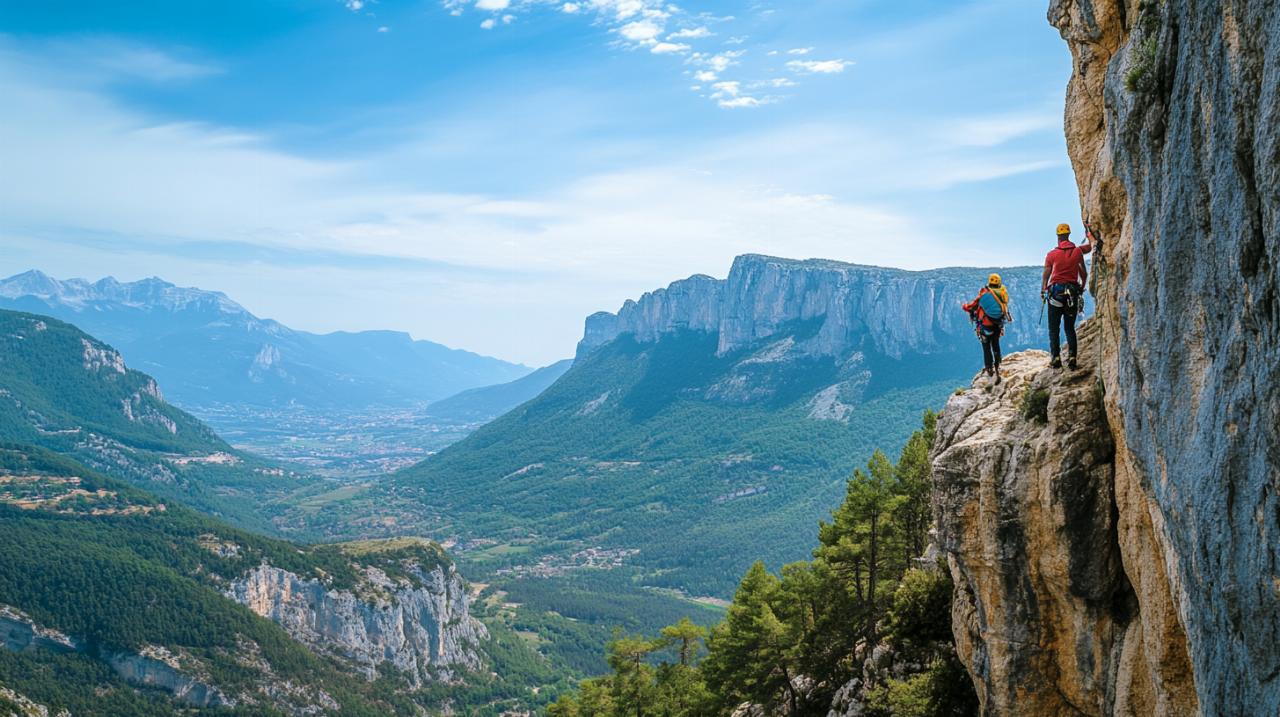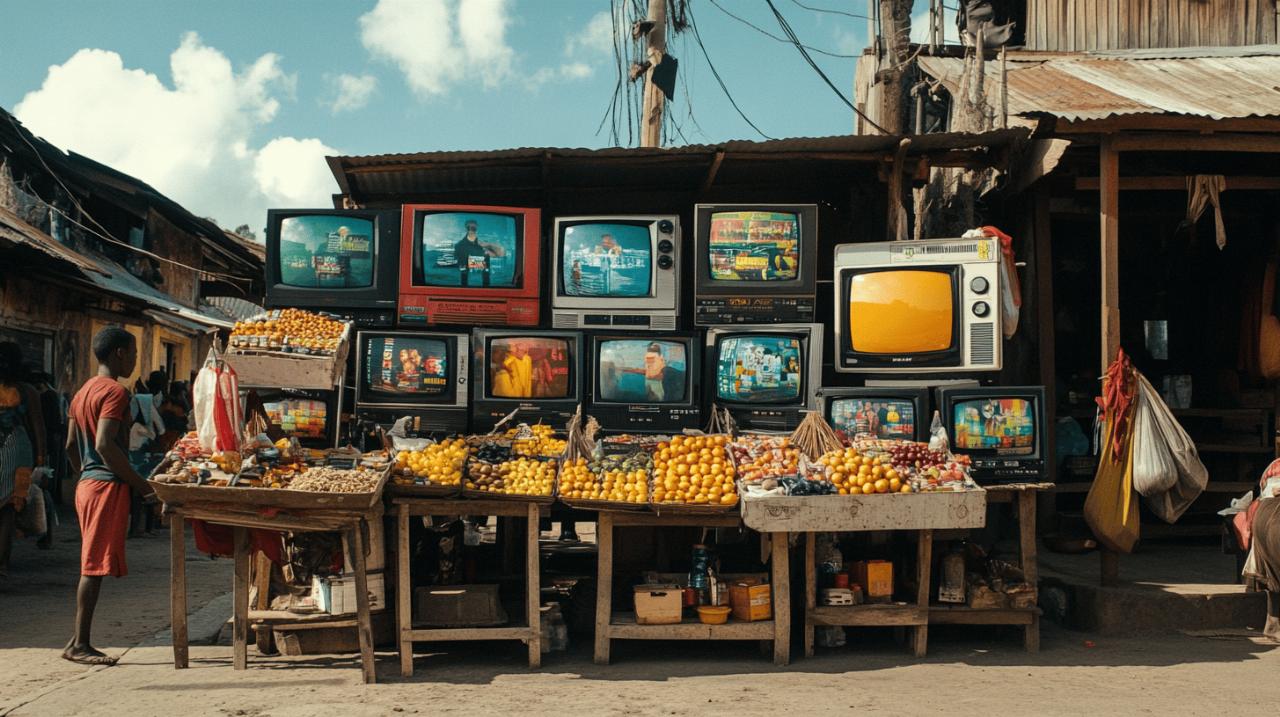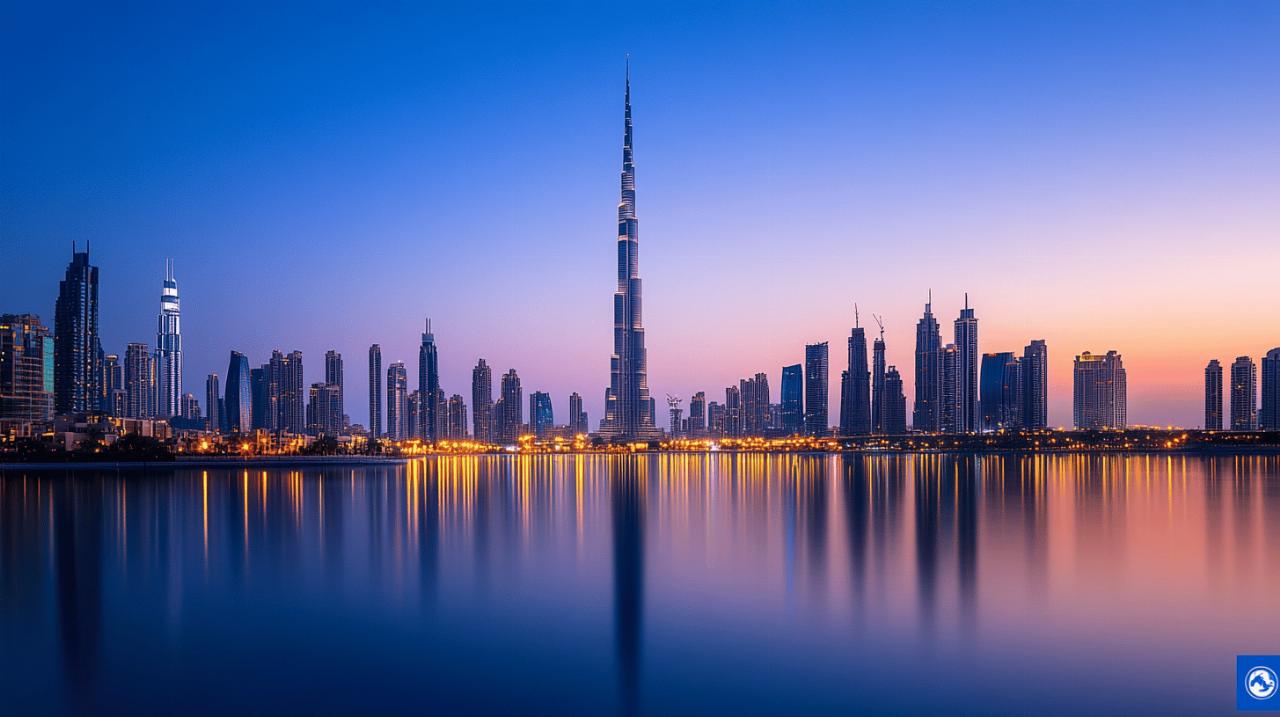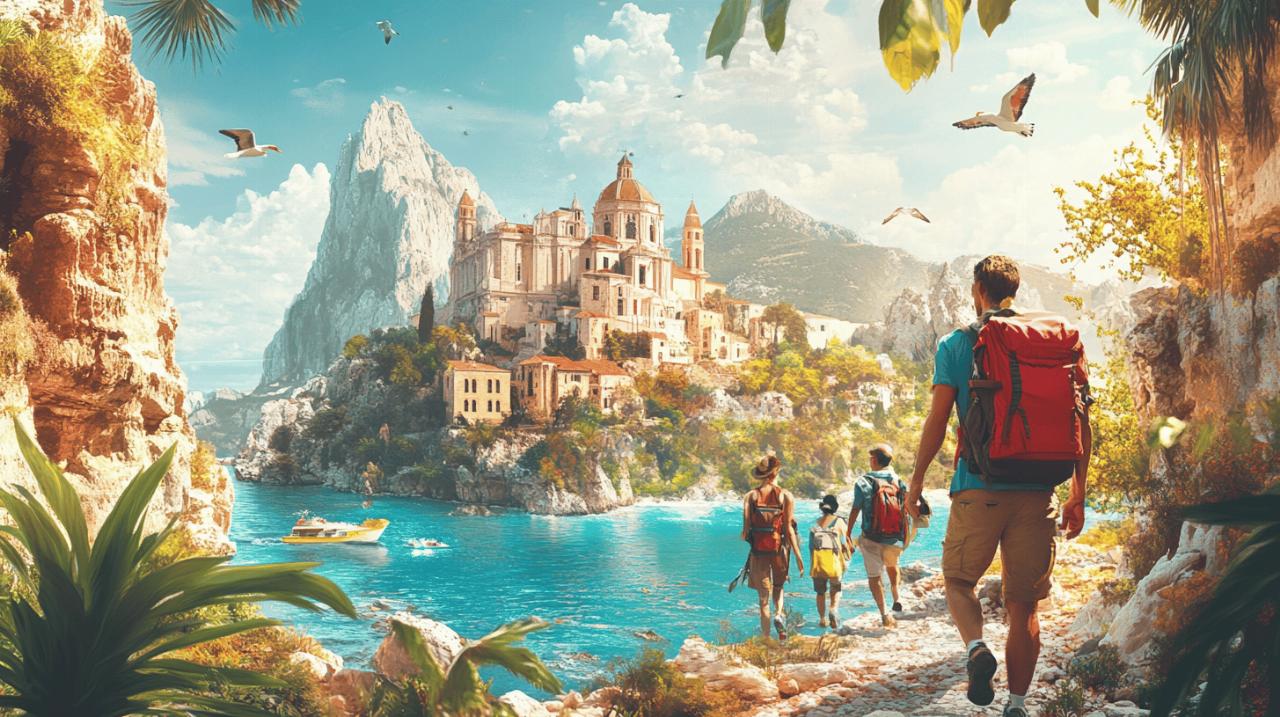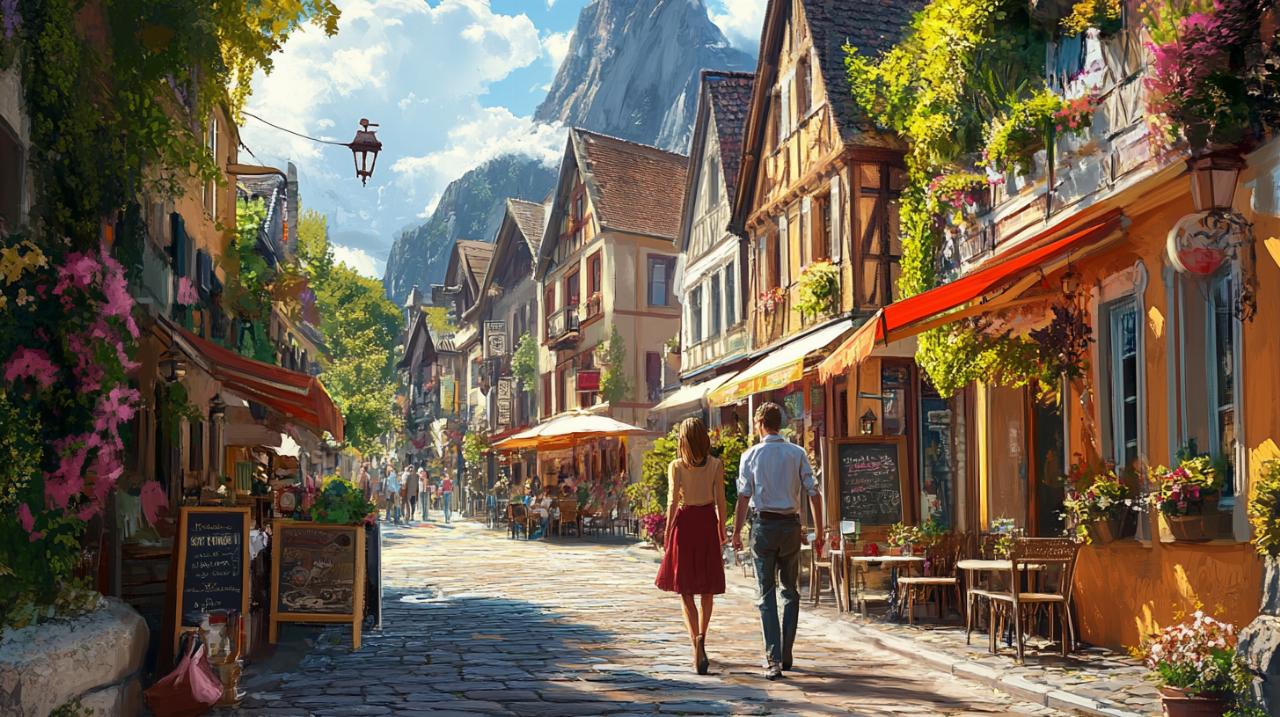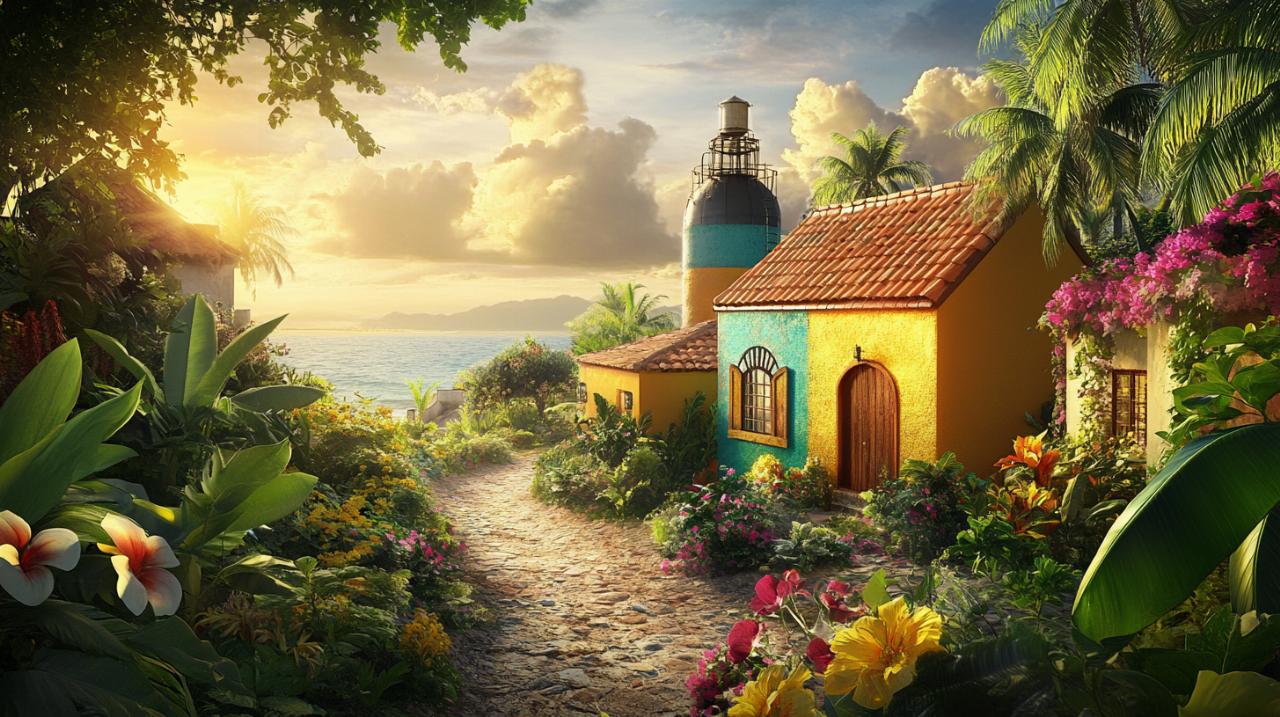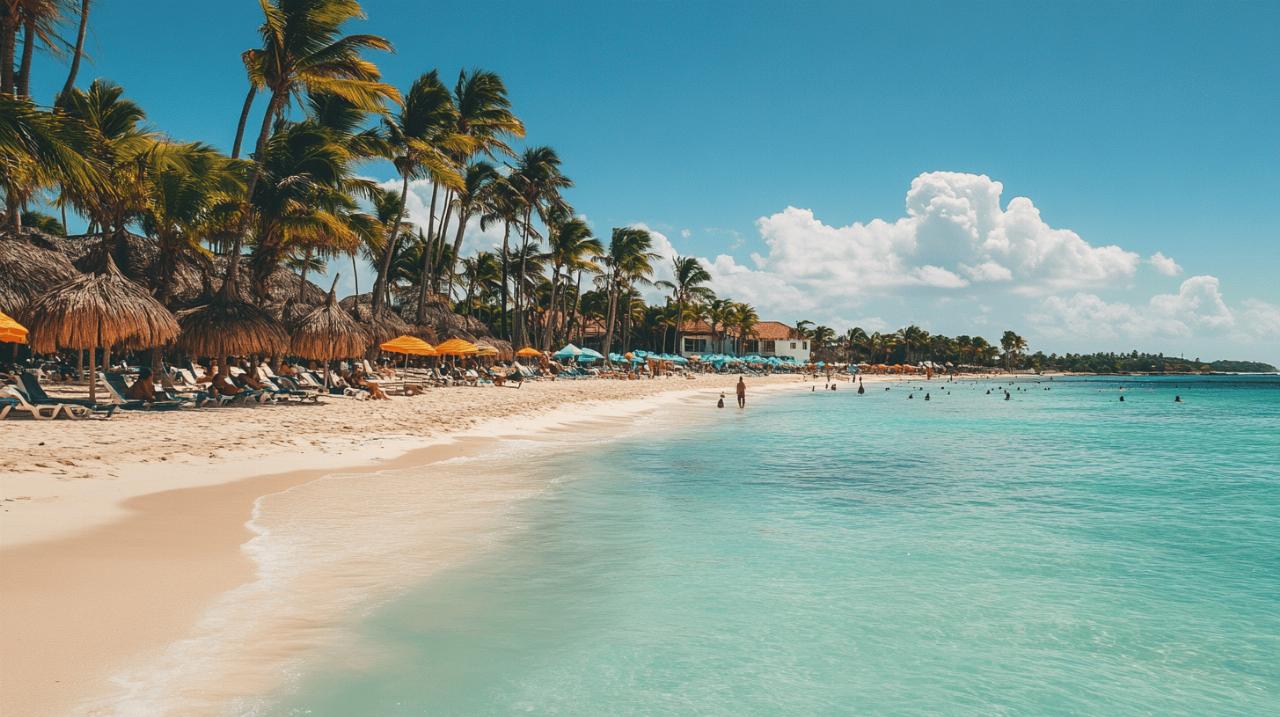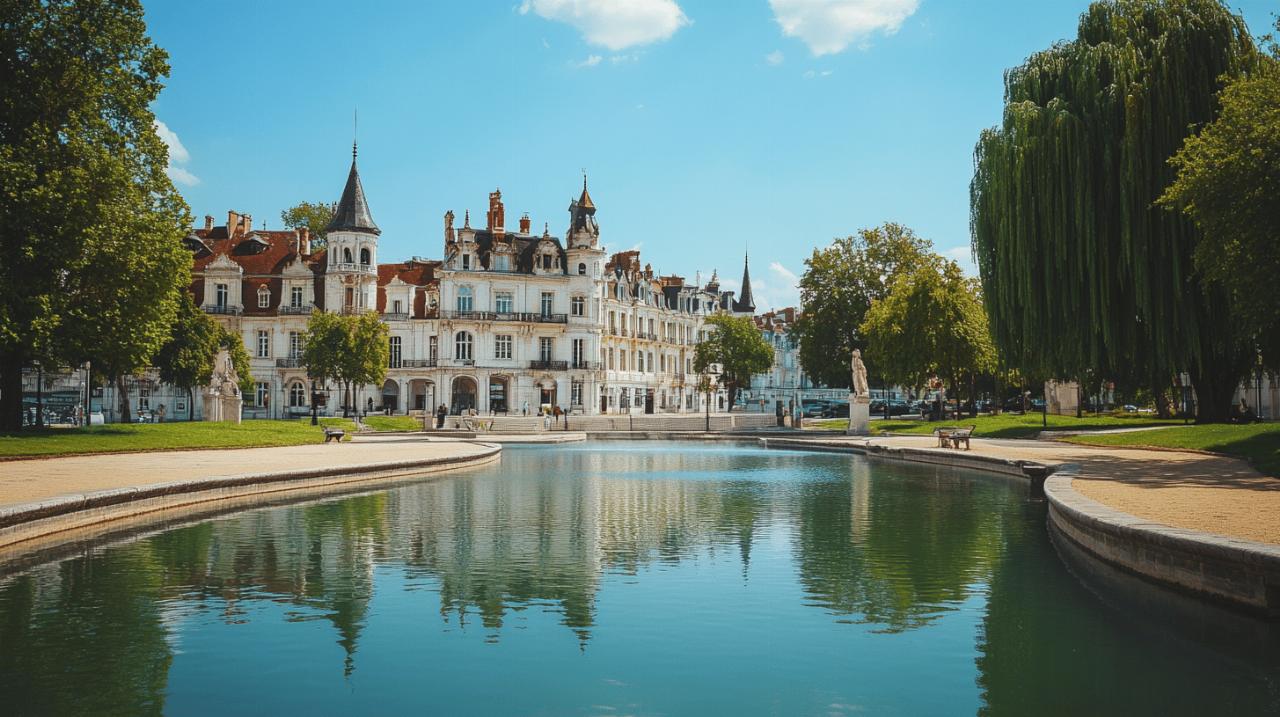Marseille often greets visitors with its sun-drenched Vieux-Port and the iconic basilica perched high above the city, yet beyond these celebrated landmarks lies a tapestry of neighbourhoods and experiences that remain largely undiscovered by the typical traveller. MassiliaCar, positioned at 5 Quai de la Joliette in the heart of Marseille, France, offers a gateway to these hidden quarters through a range of inventive activities including Segway tours, escape games both outdoors and indoors, and immersive virtual reality games. Open daily from 10am to 7pm, this agency boasts an impressive rating of 4.8, reflecting the quality and uniqueness of the experiences it provides. Whether you arrive by metro on Line 2 to Joliette station, by bus via Line 82 or 83, by tram on Line T2, or simply on foot from the Old Port, MassiliaCar stands ready to transform your understanding of this vibrant Mediterranean city.
Discovering marseille beyond the vieux-port: why massiliacar changes everything
The limitations of traditional marseille tours
Most guided tours of Marseille tend to follow well-trodden paths, circling around the Vieux-Port, climbing to Notre-Dame de la Garde, and perhaps venturing briefly into the charming yet increasingly tourist-saturated Le Panier district. While these sites undeniably hold historical and cultural significance, they offer only a narrow slice of what makes Marseille such a complex and captivating city. Conventional tours often miss the soul of the neighbourhoods where Marseillais truly live, work, and create. The pace of these tours can feel rushed, leaving little room for genuine discovery or meaningful engagement with the urban fabric that defines this port city. Visitors frequently depart with a superficial understanding, having seen the postcard views but missed the intricate stories woven into the city's less celebrated corners.
How massiliacar opens doors to authentic neighbourhoods
MassiliaCar disrupts this conventional model by offering experiences designed to reveal the authentic character of Marseille's hidden quarters. The Segway tours, for instance, allow participants to cover greater distances than walking while maintaining an intimate connection with the streetscape, gliding through areas that larger tour buses cannot access. These tours venture into neighbourhoods where the rhythms of daily life continue uninterrupted by tourist crowds, where bakeries serve locals rather than visitors, and where street art tells stories of community identity and resistance. The escape games add another dimension entirely, transforming the city into a living puzzle where participants must engage directly with their surroundings, deciphering clues embedded in the architecture and urban landscape. This active participation fosters a deeper connection to place, turning passive observation into dynamic exploration. The indoor and outdoor escape games challenge visitors to think critically about the spaces they occupy, while the virtual reality offerings provide historical context that can transport participants to earlier incarnations of Marseille's neighbourhoods, creating a layered understanding of how the city has evolved.
Le panier's secret corners and forgotten artists' studios
Navigating the Labyrinthine Streets with Local Insight
Le Panier, Marseille's oldest quarter, presents itself as a maze of narrow streets climbing the hillside above the port. While its main thoroughfares now cater to visitors with cafés and boutiques, the deeper recesses of this neighbourhood remain remarkably untouched by commercialisation. Guided experiences with local insight reveal hidden staircases leading to secluded squares where elderly residents gather in the late afternoon sun, and passageways that open unexpectedly onto breathtaking views of the Mediterranean. These secret corners exist just beyond the sight lines of conventional tours, requiring knowledge of the neighbourhood's intricate geography to discover. Local guides who have grown up in Le Panier or spent years documenting its evolution can point out architectural details that tell the story of waves of immigration, from Italian and Corsican settlers in the nineteenth century to more recent arrivals from North Africa and beyond. The ability to navigate these streets with confidence transforms a potentially disorienting experience into an adventure of continuous discovery.
Murals, galleries, and underground creative spaces
Marseille has emerged as one of Europe's most dynamic cities for street art, and Le Panier serves as an open-air gallery where artists from across the globe have left their marks. Beyond the famous murals that appear in travel guides, countless smaller works adorn doorways, shutters, and the sides of staircases, creating a constantly evolving exhibition. MassiliaCar's tours often include stops at galleries tucked away in converted workshops and former storage spaces, where contemporary artists experiment with forms and media that reflect the multicultural energy of the city. These underground creative spaces operate on irregular schedules, making them difficult for independent visitors to access without local connections. Some occupy squatted buildings where artists have negotiated temporary residencies with property owners, creating vibrant hubs of activity that may disappear within months or years. Others are deliberately low-profile, relying on word-of-mouth and community networks rather than commercial promotion. Experiencing these spaces offers insight into how Marseille's creative community sustains itself in a city where gentrification pressures are intensifying but where pockets of affordable space still exist for those willing to work within uncertain frameworks.
La cabucelle and l'estaque: industrial heritage meets coastal charm
Exploring former docklands and working-class history
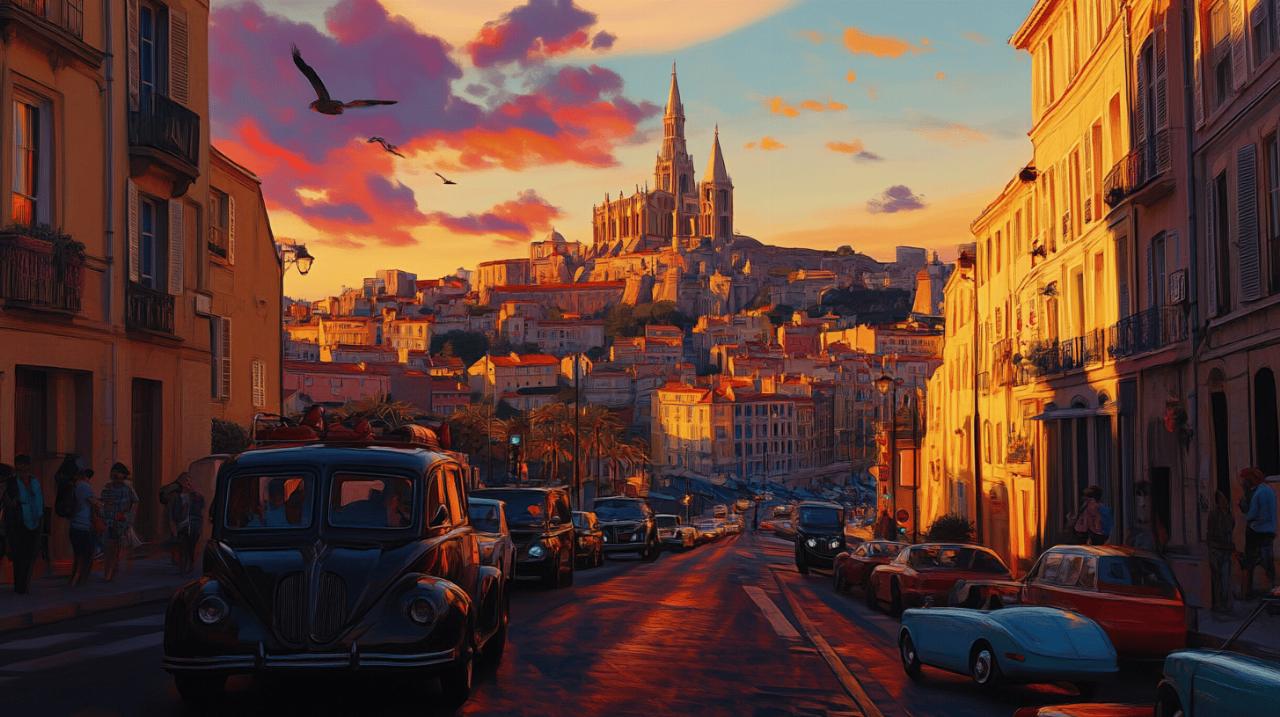 La Cabucelle, situated in the northern reaches of Marseille, presents a landscape dramatically different from the picturesque postcards of the Old Port. This neighbourhood grew up around industrial activities associated with the docks, housing workers in modest apartment blocks and small houses that still line its streets today. The area retains a distinctive character shaped by generations of labour, with cafés that open early for dockworkers and markets that sell produce and goods catering to local tastes rather than tourist curiosity. Exploring La Cabucelle with knowledgeable guides reveals the layers of social history embedded in its urban form, from the cooperative housing projects of the mid-twentieth century to the more recent struggles over urban renewal and displacement. The neighbourhood's position on the waterfront means it offers spectacular views across the harbour and out to sea, yet these vistas remain largely absent from tourist itineraries. Understanding La Cabucelle requires grappling with questions about deindustrialisation, immigration, and the future of working-class communities in cities increasingly oriented toward service economies and tourism.
La Cabucelle, situated in the northern reaches of Marseille, presents a landscape dramatically different from the picturesque postcards of the Old Port. This neighbourhood grew up around industrial activities associated with the docks, housing workers in modest apartment blocks and small houses that still line its streets today. The area retains a distinctive character shaped by generations of labour, with cafés that open early for dockworkers and markets that sell produce and goods catering to local tastes rather than tourist curiosity. Exploring La Cabucelle with knowledgeable guides reveals the layers of social history embedded in its urban form, from the cooperative housing projects of the mid-twentieth century to the more recent struggles over urban renewal and displacement. The neighbourhood's position on the waterfront means it offers spectacular views across the harbour and out to sea, yet these vistas remain largely absent from tourist itineraries. Understanding La Cabucelle requires grappling with questions about deindustrialisation, immigration, and the future of working-class communities in cities increasingly oriented toward service economies and tourism.
Seaside villages where cézanne found inspiration
Further along the coast, L'Estaque occupies a special place in art history as the location where Paul Cézanne painted numerous landscapes during the 1870s and 1880s. The village retains much of its charm despite being absorbed into greater Marseille, with fishing boats still bobbing in the small harbour and restaurants serving fresh seafood to a predominantly local clientele. Cézanne was drawn to L'Estaque's distinctive light and the geometric forms created by its houses climbing the hillside, elements that remain visible today for those who seek out the painter's former vantage points. The village also holds significance in the development of Cubism, as Georges Braque and Raoul Dufy later worked here, inspired by the same landscapes that had captivated Cézanne. Walking through L'Estaque with an awareness of this artistic heritage transforms the experience from simple sightseeing into a meditation on perception and representation. The village's authenticity stems partly from its geographical position, which has protected it somewhat from the development pressures facing areas closer to the city centre. Local residents maintain traditions of fishing and small-scale commerce, creating a living community rather than a preserved museum of past ways of life.
Making the Most of Your Massiliacar Experience: Practical Tips
Booking Your Tour and What to Expect
Securing your experience with MassiliaCar is straightforward, with bookings available through their contact number at +33652415493 or through various travel platforms including Evendo, a travel guide app that provides comprehensive information about attractions, landmarks, and restaurants throughout Marseille. When planning your visit, consider that the daily operating hours from 10am to 7pm allow for flexibility in scheduling, though morning tours often benefit from softer light and less crowded streets. The Segway tours typically last between two to three hours, covering substantial ground while allowing for stops at significant points of interest. The escape games vary in duration and difficulty, with options suitable for families as well as more challenging scenarios for experienced players. Virtual reality experiences can range from brief historical vignettes to longer immersive narratives, depending on your interests and available time. Arriving at the Quai de la Joliette location is convenient regardless of your chosen method of transport, and the staff can provide recommendations tailored to your specific interests, whether those lean toward art, history, food, or simply discovering unexpected corners of the city.
Local Recommendations for Food and Hidden Gems
Any exploration of Marseille's hidden quarters would be incomplete without sampling the city's remarkable culinary offerings, which extend far beyond the famous bouillabaisse of the tourist restaurants. Staff at MassiliaCar, drawing on their local knowledge and the comprehensive information available through platforms like Evendo, can direct visitors to neighbourhood bakeries producing exceptional panisses, socca, and other Provençal specialities that reflect the city's multicultural influences. In Le Panier, seek out the small cafés frequented by artists and long-time residents, where conversation flows easily and the atmosphere remains refreshingly unpretentious. Near La Cabucelle, markets offer North African pastries and spices, Vietnamese bánh mì, and Italian charcuterie, reflecting the diverse communities that have made Marseille their home over generations. L'Estaque's waterfront restaurants serve simply prepared fish that was swimming in the Mediterranean mere hours before arriving on your plate, accompanied by local wines that deserve wider recognition beyond France's borders. Beyond food, hidden gems include small museums dedicated to specific aspects of Marseille's history, independent bookshops with carefully curated selections, and neighbourhood festivals that take place throughout the year, celebrating everything from religious traditions to contemporary music. These recommendations transform a visit from a series of isolated experiences into a coherent exploration of a city that rewards curiosity and openness to the unexpected.





